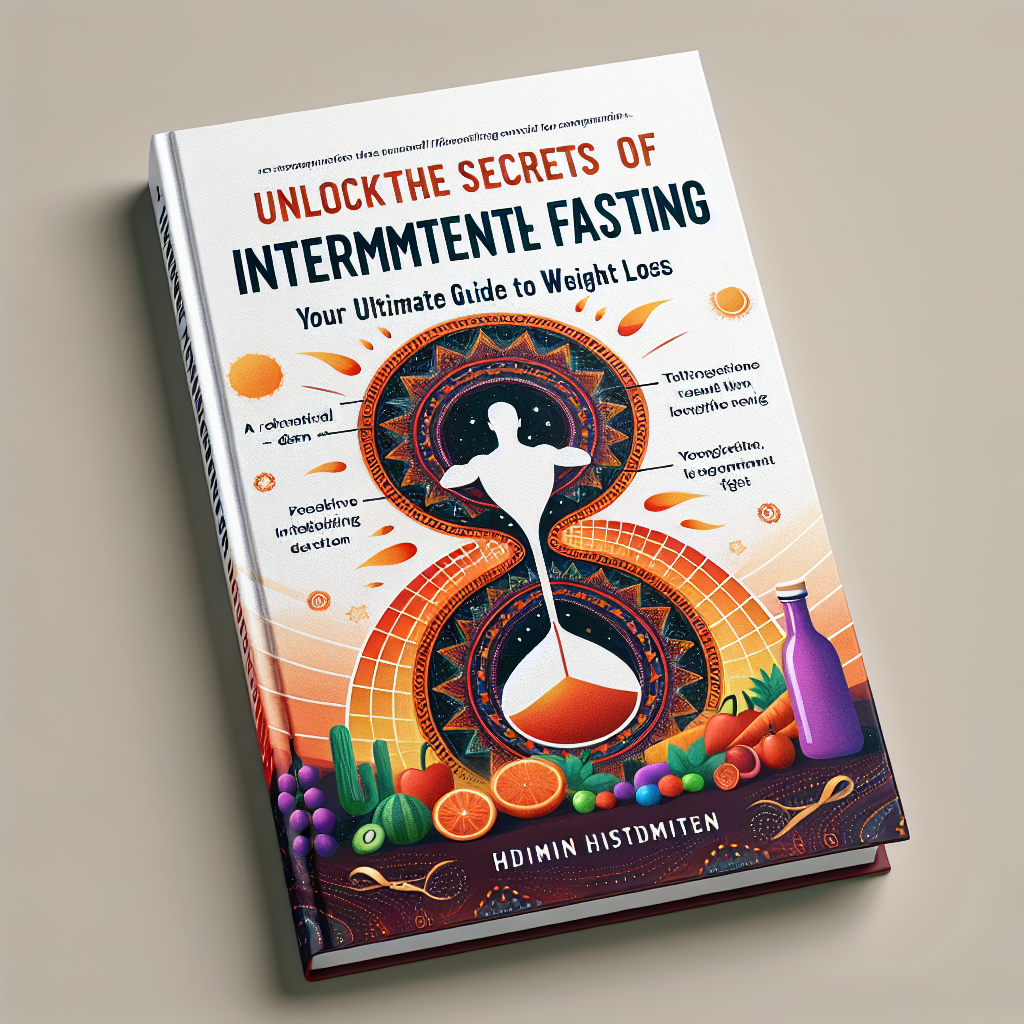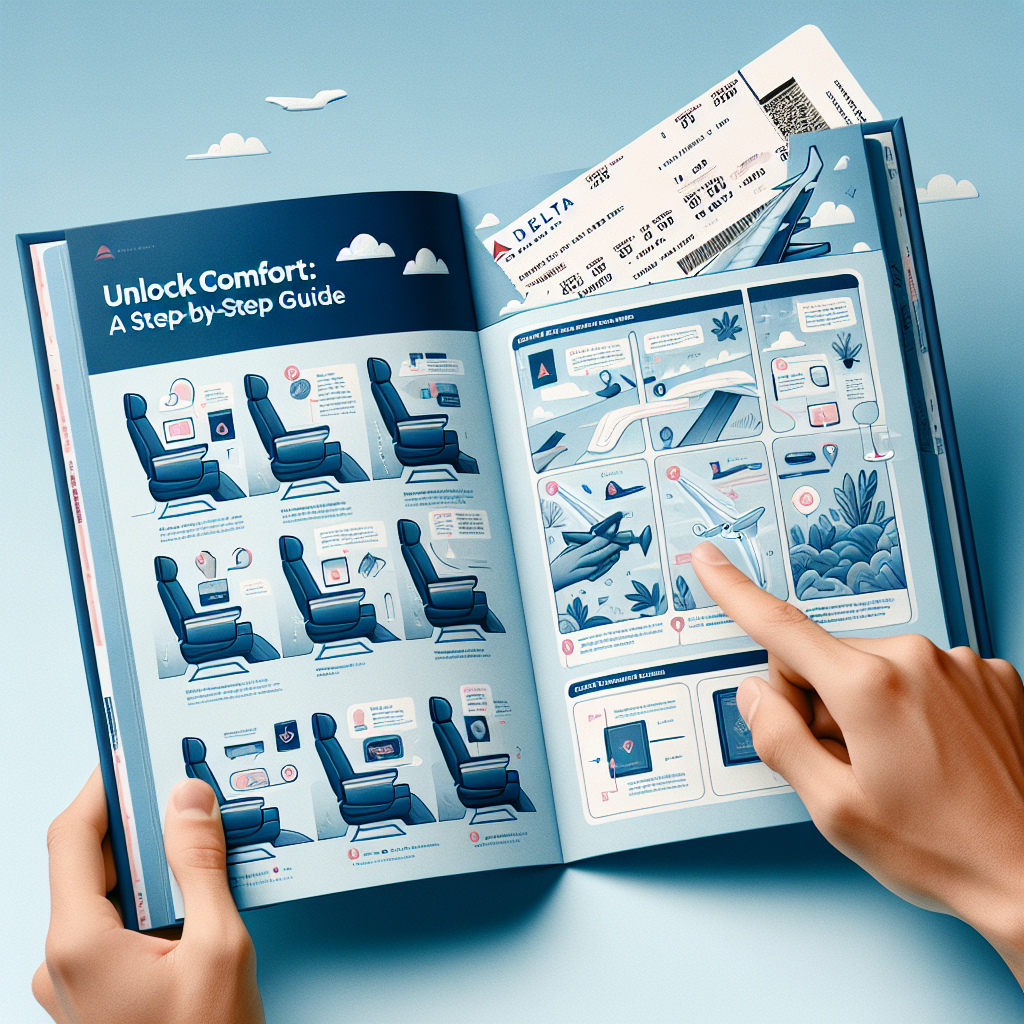Navigating the Skies: Your Ultimate Guide to Southwest’s Check-In Process
Traveling can often be a daunting experience, especially when it comes to the check-in process at the airport. However, Southwest Airlines has streamlined its procedures to ensure that passengers can effortlessly transition from their homes to the skies. If you’re preparing for a flight with Southwest, this ultimate guide to the check-in process will help demystify the steps and make your journey as smooth as possible. Overview of Southwest’s Check-In Process Southwest Airlines is known for its unique boarding procedure and customer-friendly policies. Unlike many other airlines that use assigned seating, Southwest operates on a first-come, first-served basis, which is reflected in its check-in process. Here’s a breakdown of what you need to know. 1. When to Check In Southwest Airlines allows passengers to check in online starting 24 hours before their scheduled departure time. It’s highly recommended to check in as soon as this window opens to secure a better boarding position. If you have Business Select fare or EarlyBird Check-In, you’ll have an advantage, as these options assign you to a higher boarding group. 2. How to Check In There are multiple ways to check in for your Southwest flight: Online Check-In: Visit the Southwest Airlines website or use the mobile app. Simply enter your confirmation number, first and last name, and the date of your flight. After confirming your details, you can proceed to check in and receive your boarding pass. Mobile App: The Southwest Airlines mobile app offers a user-friendly interface for checking in on-the-go. You can save your boarding pass to your phone’s wallet for quick access at the airport. Airport Kiosks: If you prefer to check in upon arrival at the airport, Southwest has self-service kiosks located in the terminal. Follow the prompts to check in and print your boarding pass. Customer Service Agents: If you need assistance or prefer to check in with a representative, you can visit the Southwest ticket counter at the airport. 3. Understanding Boarding Groups Once you check in, you’ll be assigned a boarding position consisting of a letter (A, B, or C) and a number (1-60). The earlier you check in, the better your boarding position will be. Here’s how the boarding process works: A Group: Passengers with an A boarding position can board first and choose their preferred seat. B Group: B group passengers board next, following the A group. C Group: The C group boards last, after both A and B. Keep in mind that Southwest does not allow pre-reserved seats, so boarding quickly is key if you want a good choice of seats. 4. EarlyBird Check-In For travelers who want to secure an earlier boarding position without the hassle of setting reminders to check in, EarlyBird Check-In is a fee-based option that automatically checks you in 36 hours prior to your flight. This is especially beneficial for those who may not have access to a computer or phone exactly 24 hours before departure. 5. At the Airport Once you have your boarding pass, head to the airport. Here are some tips for navigating the airport with ease: Arrive Early: Southwest advises arriving at least two hours before a domestic flight and three hours for international flights. This gives you ample time to check baggage, go through security, and reach your gate. Baggage Check: If you have checked luggage, visit the baggage drop-off area after checking in. Keep in mind that Southwest offers two free checked bags, making it a great choice for travelers with luggage. Security Screening: Prepare for security by having your boarding pass and identification ready. Follow the TSA guidelines for a smooth security experience. Find Your Gate: After passing through security, follow the signs to your designated gate. Keep an eye on the departure monitors for any updates on your flight. 6. Changes and Cancellations Life can be unpredictable, and if plans change, Southwest offers flexible options for modifications. You can change or cancel your flight online or through the mobile app without incurring any change fees, although fare differences may apply. Conclusion Navigating the check-in process with Southwest Airlines can be a breeze if you understand the key steps involved. By checking in as soon as the window opens, utilizing the mobile app, and being aware of your boarding position, you can enhance your travel experience and focus on what really matters: enjoying your journey. Whether you’re flying for business or leisure, the skies await, and with this guide, you’re well-prepared for a smooth departure. Safe travels!










